Health and Hygiene
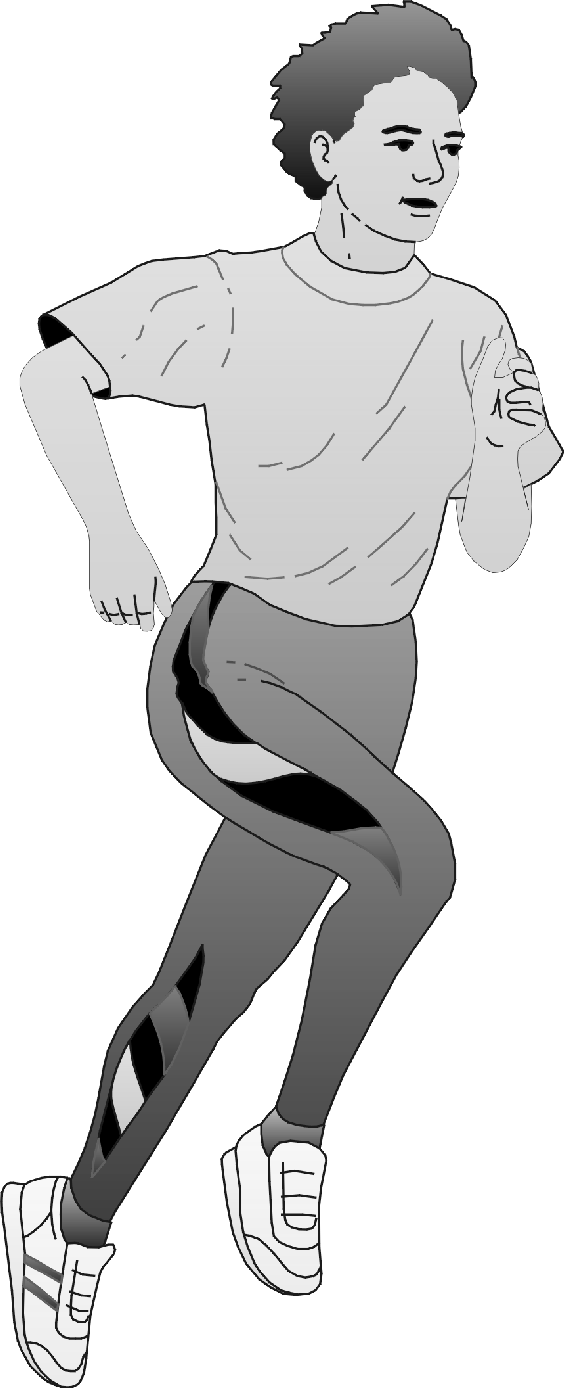 The World Health Organization (WHO) tells us that health is a state of complete physical, mental, and social well-being, and not merely an absence of disease or infirmity. It enables enabling one to lead a socially and economically productive life.
The World Health Organization (WHO) tells us that health is a state of complete physical, mental, and social well-being, and not merely an absence of disease or infirmity. It enables enabling one to lead a socially and economically productive life.
- Fit and growing as a child
- Fit and attractive as a youth
- Fit and productive as an adult
- Fit and functioning as an elder
You can get the best out of life by keeping fit.
Health information is part of your success kit.
How you live, what you eat and drink, which physical activities you perform, and your good and bad habits is called all contribute to our lifestyle. If you follow a good lifestyle, you will fall ill less often and be full of energy. With a bad lifestyle, life will be cut short and made difficult by disease and disability.
You can choose to live healthily by eating healthy food, exercising regularly and not using tobacco or alcohol in any form. You can also motivate others in your family to do the same. You can help society grow healthier by beginning with yourself and your family.
Let us all live healthy!
Your health is your responsibility too.
No one else can take better care of you than you.
- Do I eat a diet that meets my body’s needs?
- Does my body get enough physical activity?
- Does tobacco harm my body?
To get answers to these questions read on.
With a healthy way of living you are going to:| Look good | You will have a good build, strong muscles, bright eyes, and healthy skin and hair. |
| Feel good | You will have more energy, sleep better and be more relaxed. |
| Be happy | You will be able to perform better in your work or studies, and you will enjoy life much more with your family and friends. |
You have it in you to do it yourself – enjoy life to the fullest.
Learn health! Earn health!
Health today and health tomorrow
are yours to earn, not to borrow.
- Not picking up harmful habits
- Giving up harmful habits
- Picking up more good habits
In our country, diseases like heart attacks, high blood pressure, diabetes, cancer, breathing problems, and mental illness are increasing in frequency. A lot can be done to prevent these diseases by picking up good habits and giving up harmful ones. Developing good habits is easier when you are young. This will help to prevent lifestyle-related illnesses during the later years of your life. If you want to achieve success for yourself and for the country in the 21st century, you must ensure that you have good health to support your efforts throughout life. By taking care of yourself (eating well, being active, and not smoking), you will also feel good and grow strong, with energy for work and play.
What to do to move towards a healthy lifestyle?Avoid heart disease, diabetes and high blood pressure,
and remain fully fit to enjoy life with pleasure
by having ideal weight for your height
and not becoming roly-poly.
Be specially careful about that unhealthy pot-belly.
Key words are regularity, balance, moderation, and variety.
- Eat in moderate amounts at regular intervals.
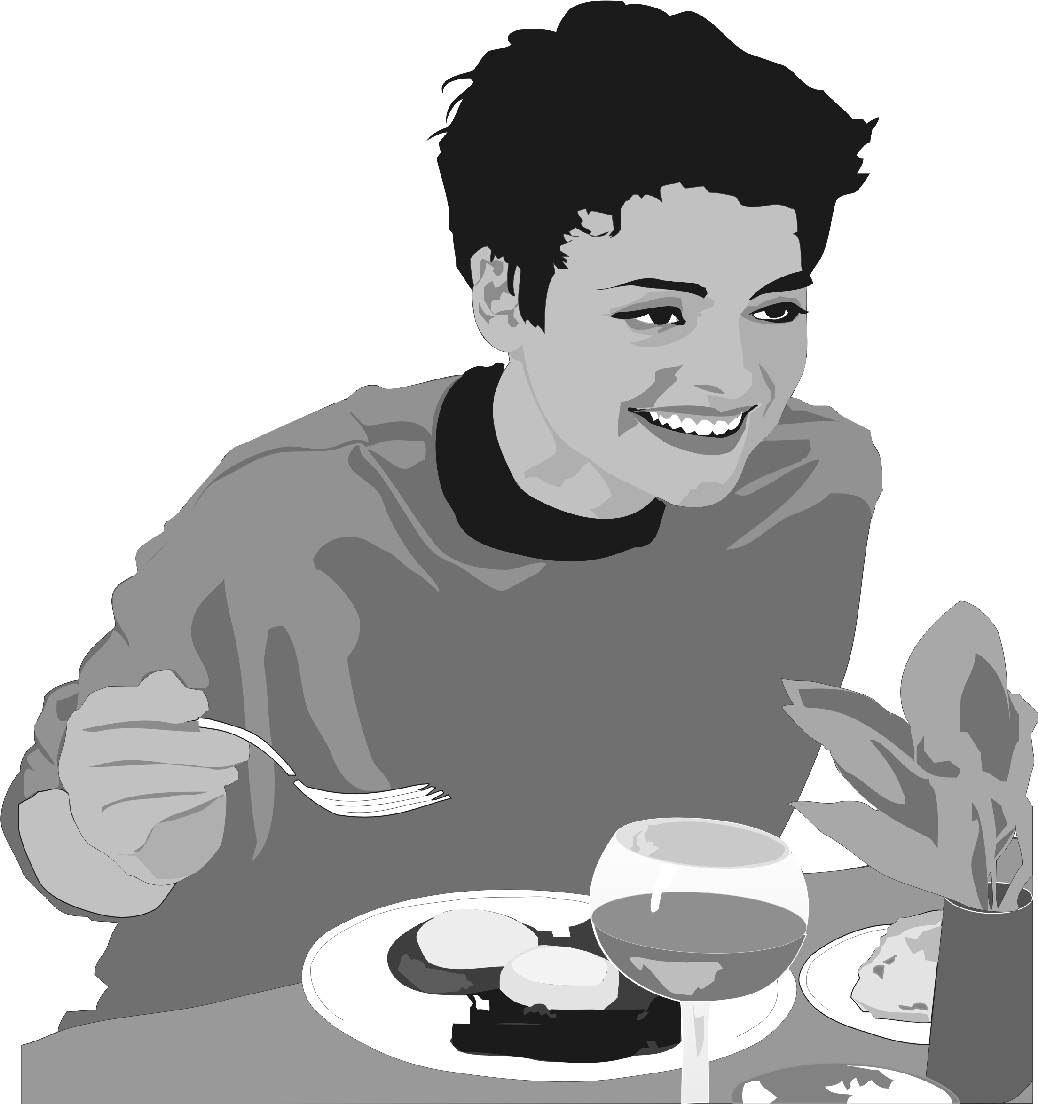 Do you know that people who eat only one or two large meals every day are more prone to heart attacks and diabetes? It’s good to have small meals more frequently, e.g., one should never skip breakfast or an evening snack. Have healthy snacks like fruits or vegetable sandwiches to supplement regular food at the main meals.
Do you know that people who eat only one or two large meals every day are more prone to heart attacks and diabetes? It’s good to have small meals more frequently, e.g., one should never skip breakfast or an evening snack. Have healthy snacks like fruits or vegetable sandwiches to supplement regular food at the main meals. - Eat right for your age.
Children cannot eat the same amount of food in one meal as adults. They also expend a lot of energy throughout the day. They should sustain their energy requirement by eating small meals and snacks spread over the day. At the same time, overeating must be avoided at each meal.
- Eat right for your level of activity.
Food is the body’s fuel. The more active people are, the more fuel they need, whereas less active people will need less fuel. For example, a carpenter and a postman who do more physical work have higher food requirements than as compared to a clerk and or an executive who are sitting most of the time and do not have to move around much.
- Eat out less frequently.
Eating in dhabas or restaurants should not become a habit because this increases the intake of junk food and foods prepared with large amounts of fat, salt, and masala. These foods may not be prepared under hygienic conditions and there are chances of adulteration (harmful items added to the food, such as chemicals or colours added to food items like mithai).
- Eat a variety of foods.
Eating enough does not mean eating too much of one thing. There is no food which alone can give you all the strength and nutrition that you need. You therefore need variety in the foods you eat. Rigidly sticking to the same few food items every time limits the availability of nutrients in your diet. For a balanced diet, choose some foods daily from all basic food groups:
- Cereals (rice, roti, bread) are ‘go foods’ as they provide energy for work and play.
- Pulses (dals, rajmah), milk and milk products such as curd and cheese (preferably made from low-fat or skimmed milk), and nuts and seeds are ‘grow foods’ as they give us proteins.
- Fruits and vegetables are ‘glow foods’ as they provide vitamins, minerals, and fibre.
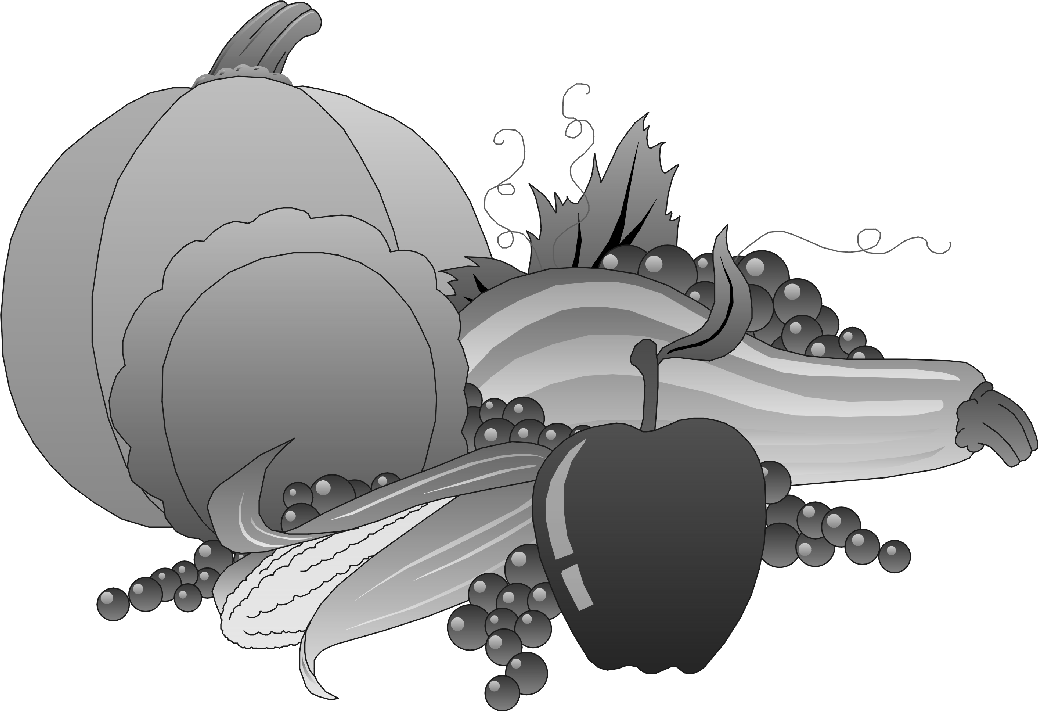
- Fresh fruits and vegetables
For vitamins, minerals and fibre.
- Fibre
In addition to fruits and vegetables, whole grain cereals (atta, dalia, etc.) also provide vegetable fibre. This vegetable fibre (roughage) helps in the movement of food through our digestive system and helps to prevent diabetes, heart attacks, and some cancers. It also keeps the blood cholesterol level in check.
- Fat
Fat is essential for growing well and staying healthy. However, too much fat in the diet can lead to obesity, heart attacks, and certain types of cancers. So keep the intake of deep-fried oily food, processed cheese, butter, cream, ice-cream, and chocolate as low and infrequent as possible.
- Sugar, syrups
Too many sweets can damage your teeth and cause cavities. They also make you grow fat and inactive. While Although you need energy for growth and activity, it is better to get it from complex carbohydrates like chapati, rice, potatoes, and arbi than from simple sugars. It is good to take less of sweet desserts and reduce or avoid sugar in milk, tea or coffee.
- Salt (sodium)
Excess salt increases the risk of high blood pressure. High blood pressure is a major cause of heart attacks and paralytic strokes. Reduce the amount of salt you take since we do not really need the amount we usually consume. Add less salt while cooking and avoid adding extra salt while eating. Some foods like pickles, sauces, papad, chips, and namkeen have too much salt, so take less of these.
Points to keep in mind while preparing food:
- Fruits and vegetables should be washed properly before cutting, eating or preparing.
- Fruits and vegetables should never be washed after they have been cut as there would be loss of vitamins and minerals.
- Whenever possible, eat raw vegetables to get maximum fibre, vitamins, and minerals. Other ways you can get high fibre in your diet are by eating:
- Unsieved atta (flour) rather than sieved atta
- Fruits with edible skin such as apple, chickoo, guava
- Tandoori roti or chapati rather than white bread or naan, since naan is made of refined flour (maida) and has less fibre
- Fresh whole fruits rather than juice
- Fruit juice is a better option than a soft drink like cola.
- Whole fruit is a better option than fruit juice.
- Cooking methods like steaming, pressure cooking, baking, or roasting should be preferred to boiling as these help prevent loss of nutrients while cooking.
- Frying adds fats to food items, which may lead to many diseases like obesity, heart disease, and diabetes. Frying also destroys nutrients. (For example, eating an idli is preferable to vada because vada, which is fried, has more fat content, and or idli, which is steamed, has no fat added during preparation.)
- Similarly, one should opt for roasted peanuts rather than french fried potatoes to avoid excess fat. Make sure, however, that only a little fat is used while roasting.
- Some vegetables like spinach and torai naturally have salt (sodium) in them. Therefore, we should add less salt to such vegetables while cooking.
- In order to cut down on salt intake, one should avoid sprinkling extra salt after the food is served.
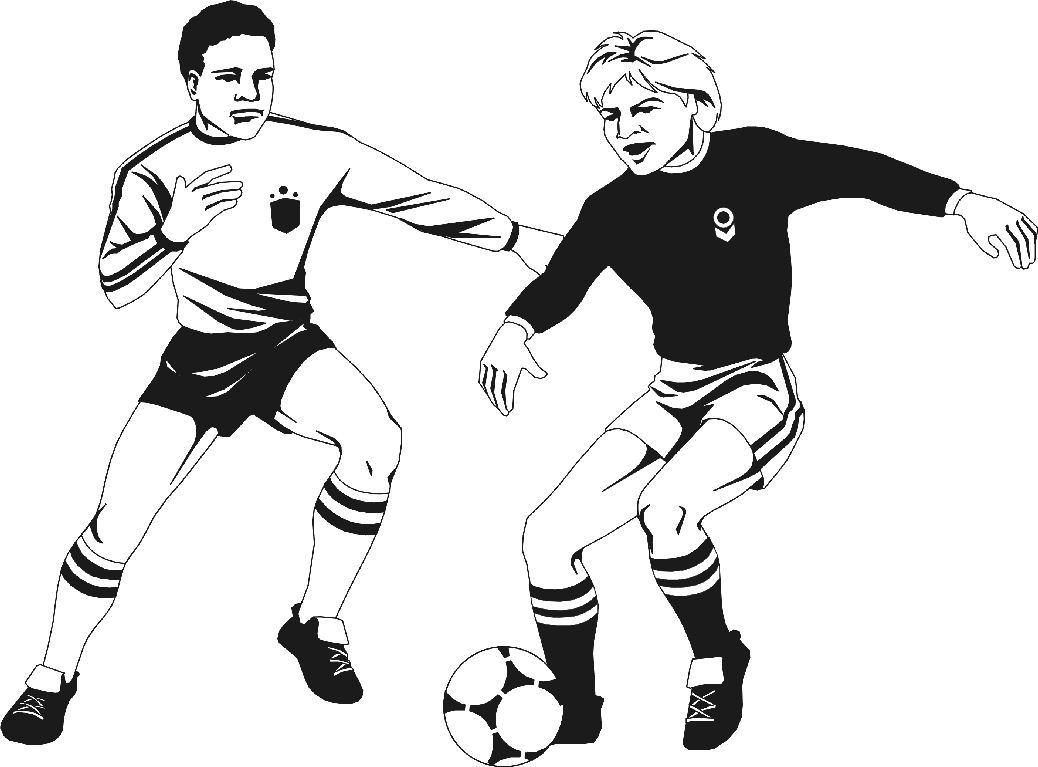 You need energy to work and enjoy life. The body uses food as fuel (calories, food energy) to get this energy. However, if we eat more food than our bodies can use, the extra will be stored in the body as fat. In order to grow and do things like work, study, exercise, and recover from illness, we need not only fuel, but also nutrition.
You need energy to work and enjoy life. The body uses food as fuel (calories, food energy) to get this energy. However, if we eat more food than our bodies can use, the extra will be stored in the body as fat. In order to grow and do things like work, study, exercise, and recover from illness, we need not only fuel, but also nutrition.
Some foods give you lots of energy to GO but not many nutrients for you to GROW and GLOW. Foods that don’t give us many nutrients may cause us to get fat and sometimes will make us tired and less fit! Healthy foods like cereal, milk, dals, fruits and vegetables give nutrients and energy to help you GO, GROW, and GLOW. Reserve high calorie foods – rich foods, soft drinks, and chocolates – for special occasions, and restrict their intake.
Major Vegetarian Food Sources of Nutrients
| Nutrients | Food |
|---|---|
| Energy | Cereals, pulses, roots and tubers, fats and oils, sugar and jaggery |
| Protein | Milk and milk products, pulses, nuts and oil seeds |
| Fat | Butter, ghee, vegetable oils, hydrogenated fats, nuts and oil seeds |
| Carbohydrate | Cereals, pulses, sugar and jaggery, roots, tubers |
| Fiber | Green leafy vegetables, fruits, unrefined cereals, pulses and legumes |
| Calcium | Milk and milk products, ragi, green leafy vegetables |
| Iron | Green leafy vegetables, rice flakes, whole wheat flour, ragi, pulses |
| Vitamin A, Beta Carotene, and Vitamin B | Butter, ghee, milk, carrots, green leafy vegetables, papaya, mango |
| B Complex | Milk, hand-pounded rice, whole wheat, whole grams, pulses, green leafy vegetables, nuts and oil seeds |
| Vitamin C | Amla, lime, orange, guava, tomato, lettuce, sprouted grams |
| Vitamin D | Milk, sunlight |
| Iodine and Health Conditions |
|---|
|
The best source of iodine is iodized salt and kelp (dried seaweed). Other good food sources are yogurt, cow’s milk, and strawberries. An iodine deficiency can create: fibrocystic breast disease, goiter, hyperthyroidism, hypothyroidism, and multiple miscarriages. |
- Eat regular meals to ensure you do not eat too much at one time.
- Take small bites, chew well, and eat slowly to avoid eating too much. It takes about twenty minutes for food to satisfy your hunger.
- Eat fruits and raw or cooked vegetables to get fibre that makes your stomach feel full and contented.
- Keep busy. Boredom encourages nibbling.
| Nutrition Who’s Who |
|---|
Energy-dense foods give you lots of calories but do not give the nutrients that you require to grow and keep well. Some of these foods are chocolates, ice-cream, potato chips, and soft drinks. Nutrient-dense foods give you calories as well as nutrients in the right amounts to make you go, grow, and glow. Some nutrient dense foods are chappati, rice, dals, rajmah, vegetables, fruits, milk, and milk products. |
Hygienic Habits
Washing hands keeps us healthy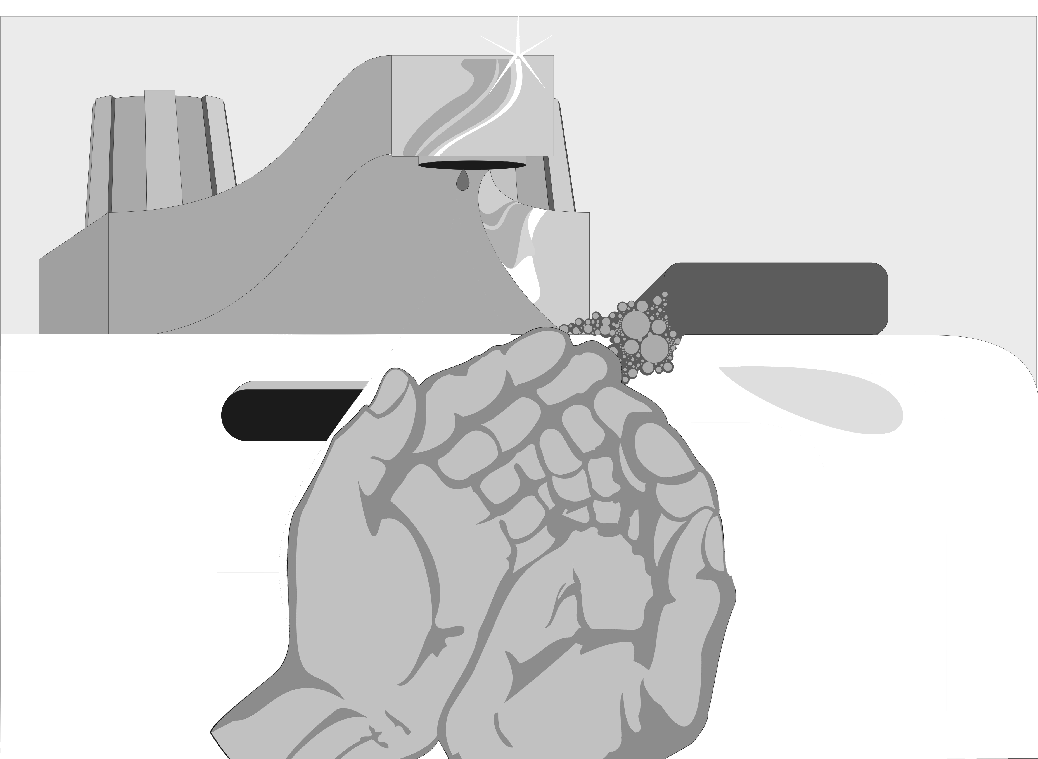
Harmful bacteria and viruses can stick to our hands. Washing your hands is the single best way to reduce the spread of infection. It should be an essential habit for everyone. Ensure that servants also wash their hands before handling food or dishes.
- Wet your hands under warm running water.
- Put soap on your wet hands.
- Rub soap all over the front and back of your hands and between your fingers for 5 to 10 seconds
- Use a nail brush.
- Rinse your hands well under running water.
- Dry your hands with a clean towel.
- After going to the toilet.
- After taking a child to the toilet.
- After changing diapers.
- After wiping your nose.
- Before and after caring for
a sick person. - Before eating.
Covering your mouth and nose while coughing or sneezing prevents disease
Use a handkerchief to cover your mouth when you cough or sneeze. If you don’t have a handkerchief, it is better to cough or sneeze into the crook of your elbow, rather than into your hands, which are always later touching people or food. This will prevent the spread of airborne infections such as flu, colds, and tuberculosis.
Spitting in public places spreads diseaseSpitting is a bad habit, as it makes the environment unclean. It also contains viruses and bacteria which can spread disease.
Your health is in your handsDo Not:
- Dump garbage in:
- Open spaces
- Vacant plots
- Parks/green belts
- Create unauthorised garbage points for your convenience as it endangers your health.
- Litter around the garbage container.
- Throw garbage around the walls of educational institutions.
- Create unhygienic conditions by throwing rubbish over the back wall of your houses.
- Throw garbage over hedge cuttings/malba collection or vice versa.
Do:
- Train your domestic servant/maid servant to throw garbage only at an authorised refuse point.
- Keep your surroundings clean.
- Keep a dustbin in your house/shop, etc.
- Empty your kitchen bins before going to bed.
- Teach your school children about personal hygiene and keeping their locality clean.
- Ensure that rubbish/garbage is dumped in the garbage container and not around it.
- Help the area safaiwala, sanitary jamadar, and sanitary inspector by extending your cooperation.
Tobacco
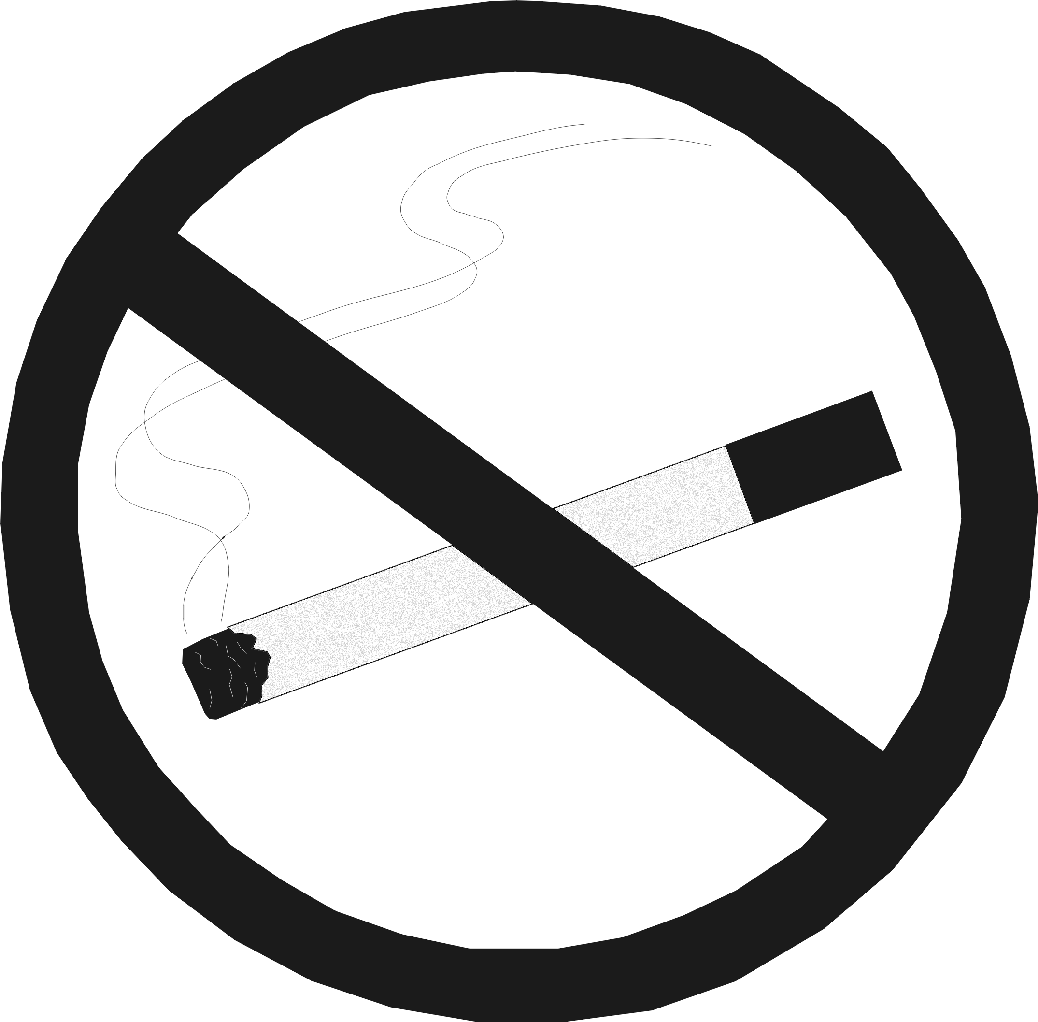
- Being a non-smoker is one of the best ways to stay healthy.
- Tobacco smoke has over 4000 harmful or poisonous chemicals like nicotine, tar, carbon-monoxide and many others. Cigarettes, bidis, hookahs, chillums and pipes are all harmful.
- Nicotine is an addictive substance like cocaine, heroin, and other addictive drugs. Once nicotine captures a person, the person is dependent on it and cannot give up the habit easily. That is why many smokers find it difficult to stop smoking. Tobacco smoke damages your body and causes lung, throat, and other cancers, heart disease and chronic lung diseases like bronchitis, asthma, etc. It causes loss of stamina. It may also lead to infertility and to still-births in pregnancy. If you wish to stay fit and healthy, say ’NO‘ to smoking. Do not get influenced by your friends or advertisements for cigarettes. Do not give in to the curiosity to smoke. It is just not worth it.
- A smoker harms the health of others around him too. The burning tip of a cigarette or bidi releases smoke into the air. Moreover, when a smoker exhales the smoke he has inhaled, he increases the smoke level of the room. The persons sitting in the same room also end up inhaling this smoke. They become ’passive smokers’. This means that although the others are not smoking themselves, they may have their lungs and heart damaged by cigarette smoke. This way a smoker harms his family members, friends and others around him.
Of 1000 teenagers who smoke today:
• 500 will eventually die due to tobacco-related diseases.
• 50 of these will die in their middle age. Compared to non-smokers, they lose 22 years of life on average.
• 250 will die in old age but will have suffered ill health due to tobacco-related diseases in middle age.
A person who smokes can quit smoking if they make up their mind to do so; it requires will power and determination. The addiction makes it difficult sometimes, but with individual effort and support from family and friends, it can be overcome.
If you are not a smoker- Stay smart! Do not be tempted.
- Stop others from smoking near you. “Passive smoking” is harmful too!
- Persuade your family members and friends who are smokers to give up the habit. Talk to them about the benefits of stopping.
- Encourage your boss to make your workplace smoke-free.
- Encourage governments to make all workplaces smoke-free.
- Your risk of getting lung cancer and heart attack will go steadily down.
- Your smoker’s cough will disappear.
- You will breathe more easily.
- You will feel more fit.
- You will no longer harm the health of your loved ones.
- You will save money.
- Your clothes will smell fresher.
- Your breath will be more pleasant.
- Your home will stay clean.
Tobacco was introduced in India in the 17th century. Beginning in the 20th century, it became common. It is used in various ways; i.e., smoking, chewing, and snuff. Smoking is common worldwide. Harmful contents of smoke are hydrocarbons, benzene, and cadmium. Harmful substances in chewing tobacco include nicotine and nitrosamines. When tobacco in the form of Gutka is kept in oral cavity for long time, it plays a major role in development of oral cancers.
Oral cancer causes are:- Early age of starting to use pan (betel leaf) and tobacco.
- Poor dental and oral hygiene.
- Non-healing ulcer of oral cavity.
- Eating very hot food.
- Development of white patches of mouth, lip, gums, and tongue.
- Pain during eating and drinking, foul smell from mouth.
- Lump in the tongue causing difficulty in swallowing.
- Nasal voice and ear pain.
Treatment is usually by surgery, chemotherapy, and radiotherapy.
Lung cancer causes are:- Smoking
- Exposure to asbestos fibers
Early stage is usually without symptoms. Later stage symptoms include:
- Persisting cough
- Difficulty in breathing
- Harsh wheezing sound
- Coughing blood
- Pain in chest
- Sputum examination
- Chest x-ray
- Examination of airways by bronchoscopy (tube through the mouth into the chest under anaesthesia) and biopsy
Treatment is by surgery, chemotherapy and radiotherapy.
Once you stop smoking,
your body starts to repair the damage!
- Tobacco in all forms is dangerous. Chewing tobacco causes cancers of the mouth, stomach, and urinary bladder.
- Lots of trees are cut every year for making cigarettes (wood fuel is burnt for ‘curing’ tobacco). For every 300 cigarettes smoked, someone, somewhere, has killed a tree.
- You are responsible for your own health. Do not listen to others who encourage you to smoke.
Physical Activity
What is physical activity?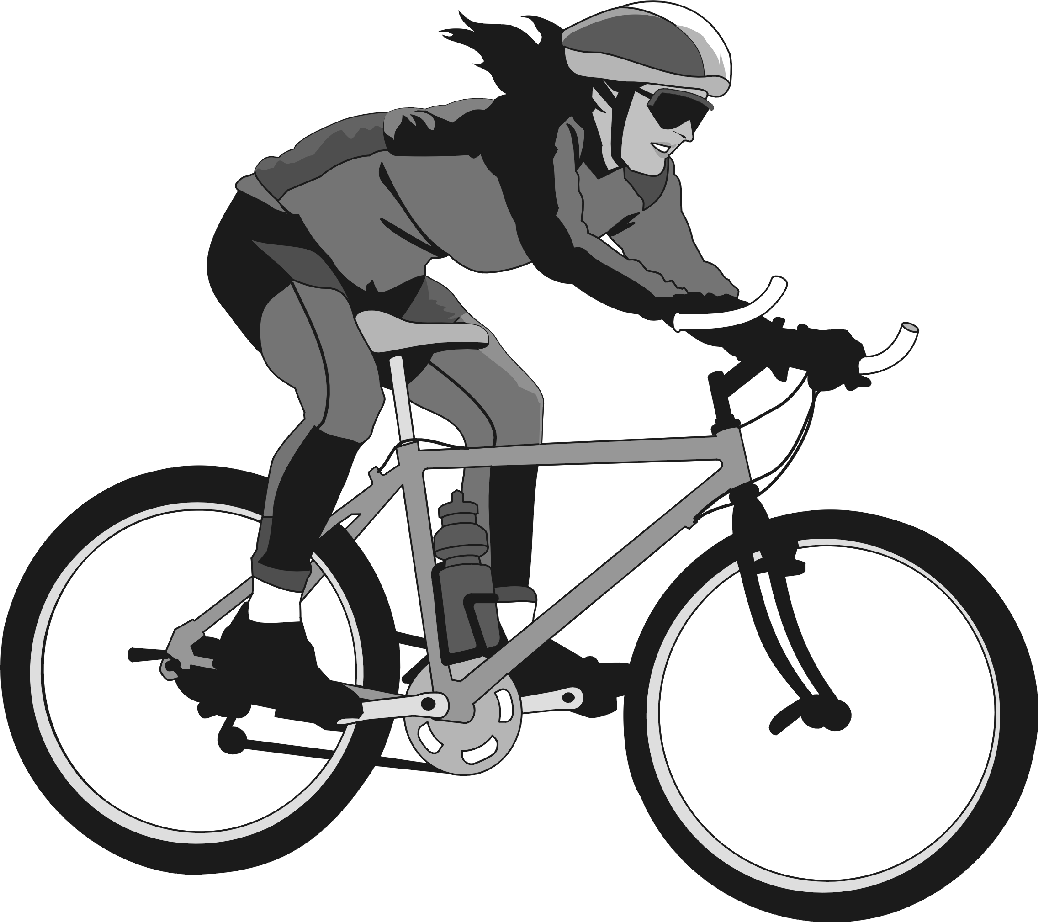 Physical activity involves any body movement that results in our body expending energy (burning calories). Any movement, therefore, involves physical activity. When we walk briskly, climb stairs, cycle, play sports, dance, or even clean the house, we are being physically active! Depending on the energy required for these activities, physical activity can be of different levels of intensity: light, moderate, vigorous, or strenuous.
Physical activity involves any body movement that results in our body expending energy (burning calories). Any movement, therefore, involves physical activity. When we walk briskly, climb stairs, cycle, play sports, dance, or even clean the house, we are being physically active! Depending on the energy required for these activities, physical activity can be of different levels of intensity: light, moderate, vigorous, or strenuous.
Type and Amount of Activity
| Active living | Activity for health |
Exercise for fitness |
Training for sports |
|---|---|---|---|
| Light to moderate activity |
Moderate activity | Moderate to vigorous activity | Strenuous activity |
| Ten minutes or more, a few times a day | Twenty minutes or more, three times a week | Thirty minutes or more, daily | Duration and frequency according to individual fitness level |
Moderate levels of physical activity are adequate to provide many health benefits, especially in preventing several diseases. Although higher levels of physical activity (vigorous or strenuous activity) serve to increase fitness by increasing the efficiency and endurance levels of the heart, lungs and muscles, they are not essential for gaining other health benefits. Being fit enables you to undertake higher levels of exercise more efficiently, while moderate physical activity provides adequate health benefits. Vigorous exercise is also more beneficial for weight control, as it burns more calories.
| Regular moderate physical activity | = | Health benefits (reduced risk of disease) |
| Frequent vigorous physical activity | = | Increased fitness plus health benefits |
What are the benefits of physical activity?
Regular physical activity- Reduces the risk of dying prematurely.
- Reduces the risk of dying from heart disease or stroke, which are responsible for one-third of all deaths.
- Reduces the risk of developing heart disease or colon cancer by up to 50%.
- Reduces the risk of developing type II diabetes by 50%.
- Helps to prevent or reduce hypertension, which affects one-fifth of the world’s adult population.
- Helps prevent osteoporosis, reducing the risk of hip fracture by up to 50% in women.
- Reduces the risk of developing lower-back pain.
- Promotes psychological well-being and reduces stress, anxiety and feelings of depression and loneliness.
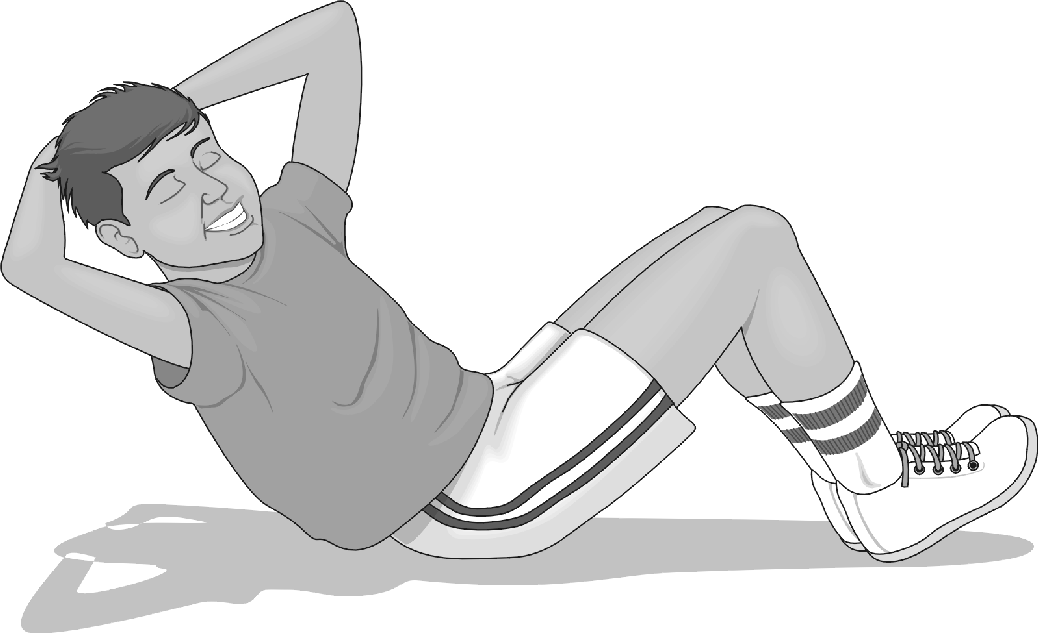
- Helps prevent or control risky behaviour (especially among children and young people) like smoking, drinking or other sub-stance abuse, and the ill effects of an unhealthy diet or violence.
- Helps control weight and lower the risk of becoming obese by 50% compared to people with sedentary lifestyles.
- Helps build and maintain healthy bones, muscles, and joints and improves stamina for people with chronic, disabling conditions.
- Improves the functioning of the body’s immune system and thereby protects against infections.
- Can help manage painful conditions like back pain or knee pain.
- Improves productivity by protecting health and promoting fitness.
- Enhances performance in sports.
- Promotes social networks and family bonding through group activities or sports.
- Serves as a stimulus for better urban planning and improved environments by creating a demand for pedestrian and cycling paths, parks, clean outdoor air, etc.
The benefits will extend across your entire life!
A child will:- Have better bone and body growth.
- Build better capacity for the functioning of heart and lungs.
- Gain greater reserves for meeting the challenges of strenuous physical activity and stress in later life.
- Develop properly set body mechanisms that regulate blood pressure, pulse rate, blood cholesterol, blood glucose, and body weight.
- Build better muscle mass and gain bone strength.
- Be more attractive to others through appealing body shape, gait, and confidence.
- Cope better with mental stress.
- Perform better in sports.
- Avoid unhealthy weight gain.
- Improve the immune system and avoid infections.
- Increase appetite and improve nutrition.
- Avoid high blood pressure.
- Prevent diabetes.
- Keep blood fats healthy.
- Maintain ideal body weight and body fat distribution.
- Adopt to challenges of daily life with less stress.
- Reduce the risk of a heart attack.
- Reduce the risk of colon cancer.
- Keep blood pressure in the normal range (130/85) or help control blood pressure, if elevated.
- Improve blood fats, if abnormal.
- Keep blood glucose in the normal range or help control diabetes, if present.
- Avoid anxiety and depression.
- Keep better body balance.
- Minimize risk of joint problems.
- Reduce the risk of falls and fractures.
- Have regular bowel movements and avoid constipation.
- Gain protection from leg cramps.
- Ensure a good quality of life.
Regular physical activity prevents deadly diseases
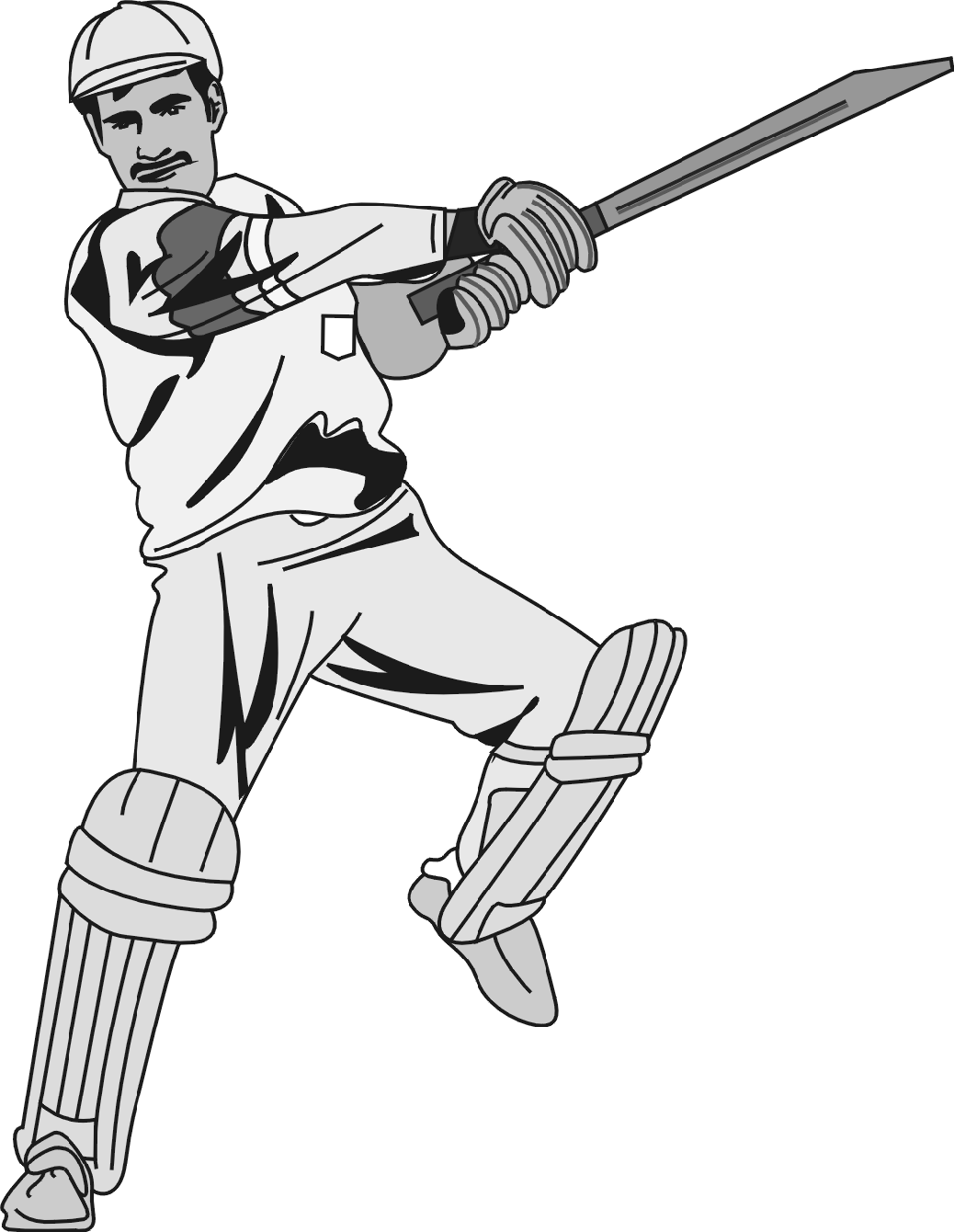
The risk of heart attack is greatly reduced by regular physical activity, which keeps blood pressure and heart rate at relatively lower levels. It raises the HDL (good) cholesterol, which protects against fat deposits in the arteries. Lowering of blood pressure also protects against stroke.
CancerGut cancer is less likely to occur in persons who are physically active. Breast cancer may also be prevented by regular physical activity. Several other cancers are also less frequent in those who exercise regularly.
DiabetesRisk is greatly reduced by regular physical activity, especially if combined with appropriate diet.
Osteoporosis- Physical activity stimulates bone formation and renewal; it preserves bone strength, even in elderly people.
- Physical activity counteracts the tendency of bones to lose calcium and become weak in later life.
- Bone pains and fractures are much less frequent.
- Joints remain more supple, reducing joint aches even in the elderly. Muscles retain good tone and balance is improved, thus falls are avoided.
Excess weight and obesity are risk factors for heart attacks, high blood pressure, diabetes, high blood fat levels, joint problems, lung disorders, etc. Regular physical activity helps to keep the body weight in check and prevents health problems. Those who are physically active and who do not gain weight as they grow older live longer and better lives.
Mental healthMental health is often adversely affected by poor physical fitness. Physical activity helps to avoid anxiety and depression.
If you choose routine physical activity:- Take a brisk walk for ten minutes three times a day
- Climb stairs (stay away from the lift up to the third floor)
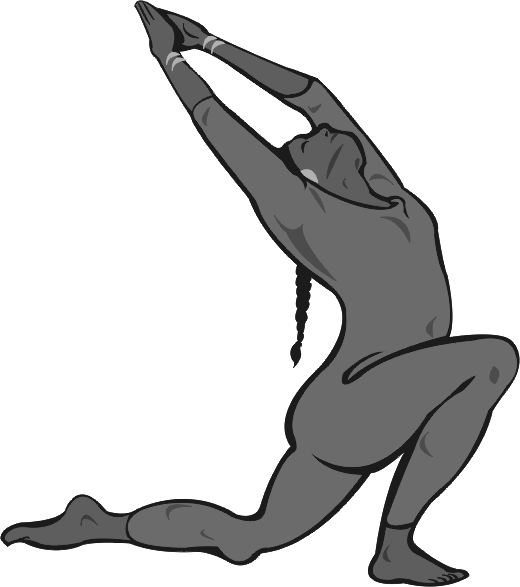 Walk/cycle to the nearby market (instead of taking the scooter/car)
Walk/cycle to the nearby market (instead of taking the scooter/car)- Do household work (cleaning, mopping, washing clothes)
- Do gardening, digging, cleaning, watering
- Dance – even at home – it is not as mad as you think!
- Play with children and friends
- Do aerobic exercises
- Skip rope
- Learn and practice yoga
Basic factors influencing the number of calories burned during exercise are the:
- Type of workout
- Duration and intensity of the workout
- Body weight of the person working out – the heavier the person, the more calories burned during exercise.
For the sake of this discussion, we will consider a workout time of 30 minutes and a person weighing 180 pounds. Here’s how many calories are burned during various exercises:
| Aerobic Activities (30 minutes, 180 pounds body weight) |
Calories Burned |
|---|---|
| General aerobics, low impact | 215 |
| General aerobics, high impact | 300 |
| Bicycling, stationary, moderate intensity | 300 |
| Bicycling, stationary, vigorous effort | 450 |
| Rowing, stationary, moderate effort | 300 |
| Rowing, stationery, vigorous effort | 360 |
| Running 6 mph (10 min/mile) | 330 |
| Running 8 mph (7.5 min/mile) | 450 |
| Running 10 mph (6 min/mile) | 533 |
| Rope jumping, moderate speed | 430 |
| Rope jumping, fast speed | 510 |
| Stair climber treadmill, moderate effort | 380 |
| Swimming freestyle moderate effort | 300 |
| Swimming freestyle vigorous effort | 430 |
| Walking 3 mph (moderate pace), on level ground | 140 |
| Walking 4 mph (brisk pace), on level ground | 215 |
| Walking 3.5 mph, uphill | 260 |
| Strength Training | Calories Burned |
|---|---|
| Calisthenics, moderate effort (pushups, setups, jumping jacks) | 200 |
| Calisthenics, vigorous effort | 340 |
| Weight lifting, free weights, moderate effort | 200 |
| Weight lifting, free weights, vigorous effort | 260 |
| Sports Activities | Calories Burned |
|---|---|
| Badminton | 200 |
| Basketball, game | 340 |
| Basketball, non-game | 260 |
| Basketball, shooting baskets | 200 |
| Baseball/Softball | 230 |
| Billiards | 110 |
| Bowling | 130 |
| Boxing, in ring | 510 |
| Boxing, punching bag | 260 |
| Boxing, sparring | 390 |
| Fencing | 260 |
| Football | 350 |
| Golf, walking and carrying clubs | 200 |
| Golf, using power cart | 150 |
| Golf, miniature | 130 |
| Gymnastics, general | 170 |
| Handball, team | 350 |
| Hockey, ice or field | 350 |
| Horseback riding, walking | 110 |
| Horseback riding, trotting | 280 |
| Juggling | 170 |
| Kickball | 300 |
| Martial Arts (judo, jujitsu, karate, kick boxing, tae kwon do) | 430 |
| Polo | 340 |
| Roller skating | 300 |
| Skate boarding | 215 |
| Soccer | 370 |
| Table tennis | 170 |
| Tai chi | 170 |
| Tennis | 300 |
| Volleyball, game | 340 |
| Volleyball, general | 300 |
- The numbers shown apply to a someone who weighs 180 pounds and exercises for 30 minutes.
- If the person weighs less than 180 pounds, the number of calories burned during exercise will be less than shown above.
- If the person weighs more than 180 pounds, the number of calories burned during exercise will be more than shown above.
To determine the numbers for your own particular case, see the Exercise Calorie Calculator.
Tips for Picking the Most Time-Efficient ExercisesThe lists provide a comparative guide to the number of calories burned by various exercises. Of course, exercises that burn more calories over the same amount of time are more time-efficient.
You can see that among the exercises listed, the most time-efficient are:- Running (at 8 – 10 mph)
- Ring-boxing
- Fast rope jumping
- Martial arts
- Vigorous stationary bicycling
- Vigorous swimming
- Scan the list for exercises that burn more than 250 calories per half hour, then
- Choose the type of exercise you find most appealing and feel capable of doing.
Regardless of the type of exercise you choose, you may increase efficiency by varying effort intensity during your workout. Alternating intervals of high intensity with intervals of low intensity is more efficient than exercising at constant moderate intensity. This method is called interval training, and is widely used by athletes in their training programs.
Advantages of interval training:- It allows some recovery time during the low intensity intervals of the workout.
- It creates muscle confusion, which is a good thing because it results in more calories being burned for the same amount of effort.
If, for example, you choose running as your exercise, run at a moderate pace (about 6 mph) for a few minutes and then increase your speed as tolerated for 1 – 2 minutes (aiming to achieve 8 – 10 mph). Return to a moderate pace and repeat. As you become better conditioned, you may extend the duration of high-effort intervals versus low-effort intervals. The same applies for activities such as swimming, walking, bicycling, general aerobics, stationary rowing, and weight lifting.
Circuit trainingThe number of calories burned during exercise can also be increased by combining aerobic activity and strength training in the same workout. This particular type of exercise is called circuit training. It has the advantage of allowing you to sustain a higher intensity throughout your workout: As you shift from an aerobic segment to a strength training segment and vice versa, your body gets a chance to recover from the previous effort.
Exercise Calorie Calculator (per minute)Estimated calories burned are based on activities per minute. Actual calories burned vary with your individual body weight; the more you weigh, the more you burn.
| Activity | Your Body Weight (in pounds) | |||
|---|---|---|---|---|
| 105-115 | 127-137 | 160-170 | 180-200 | |
| Aerobic dancing | 5.8 | 6.6 | 7.8 | 8.6 |
| Basketball | 9.8 | 11.2 | 13.2 | 14.5 |
| Bicycling, stationary (10 mph) |
5.5 | 6.3 | 7.8 | 8.3 |
| Bicycling, stationary (20 mph) |
11.7 | 13.3 | 15.6 | 17.8 |
| Golf | 3.3 | 3.8 | 4.4 | 4.9 |
| Hiking (backpack) | 5.9 | 6.7 | 7.9 | 8.8 |
| Jogging (5 mph) | 8.6 | 9.2 | 11.5 | 12.7 |
| Running (8 mph) | 10.4 | 11.9 | 14.2 | 17.3 |
| Skiing, downhill | 7.8 | 10.4 | 12.3 | 13.3 |
| Skiing, cross country | 13.1 | 15 | 17.8 | 19.4 |
| Snow shovel, light | 9 | 9.1 | 10.8 | 12.5 |
| Snow shovel, heavy | 13.8 | 15.7 | 18.5 | 20.5 |
| Stair climbing | 5.9 | 6.7 | 7.9 | 8.8 |
| Swimming (20 yds/min) | 3.9 | 4.5 | 5.3 | 6.8 |
| Swimming (60 yds/min) | 11 | 12.5 | 14.8 | 17.9 |
| Tennis (singles) | 7.8 | 8.9 | 10.5 | 11.6 |
| Volleyball | 7.8 | 8.9 | 10.5 | 11.6 |
| Walking (4 mph) | 4.5 | 5.2 | 6.1 | 6.8 |
| Examples of physical activity | ||
|---|---|---|
| Washing and waxing a car or motorcycle | 45 – 60 minutes | LESS VIGOROUS, MORE TIME |
| Cleaning/washing windows or floors | 45 – 60 minutes |  |
| Playing volleyball or badminton | 45 minutes | |
| Gardening/digging | 30 – 45 minutes | |
| Walking 1¾ miles | 35 minutes
(20 minutes/mile) |
|
| Basketball (shooting baskets) |
30 minutes | |
| Bicycling 5 miles | 30 minutes (10 miles/hour) |
|
| Dancing fast | 30 minutes | |
| Walking 2 miles | 30 minutes (4 miles/hour) |
|
| Water aerobics | 30 minutes | |
| Swimming laps | 20 minutes | |
| Basketball game | 15 – 20 minutes | |
| Bicycling 4 miles | 15 minutes | |
| Jumping rope | 15 minutes | |
| Running 1½ miles | 15 minutes (10 minutes/mile) |
MORE VIGOROUS, LESS TIME |
| Stair-walking | 15 minutes | |